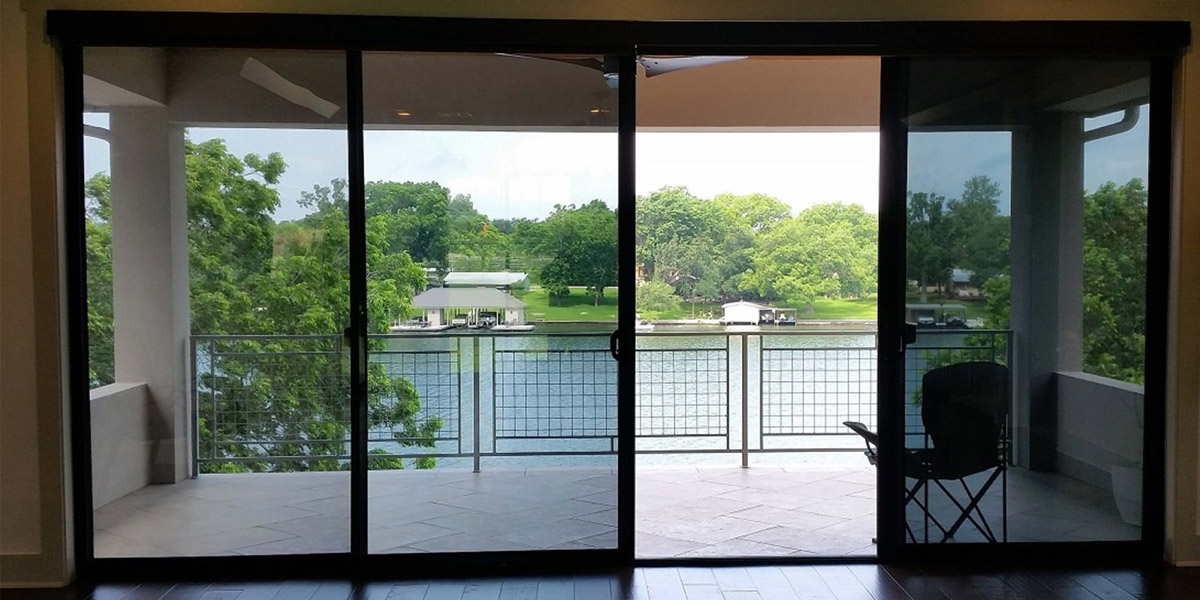Residential Window Tint: Enhance Comfort and Lower Glare Indoors
Just How Residential Home Window Tinting Enhances Your Home's Energy Performance
Residential home window tinting provides an engaging option for homeowners looking for to boost power efficiency within their living spaces. By using specialized films to home windows, it effectively minimizes heat transfer, thereby supporting indoor temperatures and decreasing the demand for too much heating or air conditioning.
Understanding Window Tinting
Recognizing home window tinting is important for house owners seeking to improve both convenience and energy effectiveness in their home. Residential Window Tint. Window tinting entails the application of a slim movie to the interior or outside surface area of glass windows. This movie can substantially regulate the amount of sunshine and warm that enters a home, hence influencing indoor climate problems
There are numerous kinds of home window tinting films available, each with unique properties. The efficiency of home window tinting is typically determined by its Visible Light Transmission (VLT) portion, which shows just how much light can pass with the film.
Benefits of Energy Performance
Window tinting not only improves looks yet likewise plays a substantial function in improving power effectiveness within property rooms. By decreasing warm transfer through windows, colored movies produce a more steady interior environment, which can cause considerable reductions in energy consumption for cooling and heating. This energy effectiveness converts into lower utility costs, giving home owners with substantial lasting cost savings.

Furthermore, window tinting boosts the comfort of living spaces. By lessening glare and blocking harmful UV rays, colored windows create a more enjoyable environment, which can result in boosted well-being for residents. The security versus UV rays likewise helps protect furnishings and flooring from fading, adding to the long life of household items.
How Tinting Functions
Tinting films operate with a mix of advanced materials and innovations made to manage the amount of solar power entering a home. Mainly composed of polyester, these movies commonly include metal or ceramic bits that mirror and soak up warmth. This double ability enables them to substantially minimize the infiltration of ultraviolet (UV) rays and infrared radiation while allowing visible light to go through.
The performance of window tinting is measured by its solar warmth gain coefficient (SHGC), which suggests how much solar power is transferred through the home window. Reduced SHGC worths are more suitable as they signify higher warmth being rejected. In addition, window colors can feature a variety of tones, allowing house owners to tailor their visual choices while boosting energy effectiveness.
In addition, these movies work as an obstacle, stopping heat loss during colder months by mirroring indoor warmth back into the living room. This thermal insulation effect complements the cooling benefits gotten during warmer months, contributing to a balanced indoor climate year-round. By taking care of solar power effectively, property window tinting not just enhances comfort however likewise plays an important duty in lowering energy consumption and decreasing utility costs.
Choosing the Right Color

There are numerous types of home window movies offered, consisting of colored, metalized, and ceramic. Ceramic films provide exceptional warmth control without compromising exposure and are extremely long lasting, making them a preferred selection.
Visible light transmission (VLT) is one more critical element, as it shows the amount of natural light that can pass with the tinted glass. House owners should choose a tint with a VLT that matches their lights preferences while still supplying appropriate glow reduction.
Furthermore, assessing the solar warm gain coefficient (SHGC) can aid establish exactly how well this hyperlink a color can obstruct warm from sunlight. A reduced SHGC indicates far better heat control, inevitably improving power performance.
Installation and Maintenance Tips
Proper installment and upkeep are important components in taking full advantage of the benefits of household window tinting. To achieve ideal outcomes, it is a good idea to employ a certified expert for installation. This makes sure that the tint is used appropriately, staying clear of air bubbles, creases, or misalignment that can jeopardize performance. Professionals also use specialized tools and techniques, which can improve the sturdiness and performance of the tint.
Adhering to setup, upkeep is necessary to extend the life of the window movie. It is advised to wait at least 30 days prior to cleaning the colored windows to allow the glue to cure fully.
Dealing with these issues without delay can prevent my blog further damages and keep power performance. By sticking to these installation and upkeep tips, home owners can guarantee their window tinting proceeds to provide substantial power financial savings and comfort for years to come.
Final Thought
In conclusion, household window tinting functions as an effective solution for boosting power performance within homes. By lowering warmth transfer and obstructing unsafe UV rays, home window films add to lower power usage and improved interior comfort. The selection of suitable tinting products, along with appropriate installment and upkeep, better makes the most of these benefits. Ultimately, window tinting stands for a sustainable financial investment that not only decreases energy expenses but likewise promotes a comfortable living atmosphere throughout the year.
Window tinting includes the application of a thin movie to the interior or outside surface of glass home windows. By reducing heat transfer through home windows, colored films create a more secure interior environment, which can lead to substantial decreases in power consumption for home heating and air conditioning.The effectiveness of window tinting is determined by its solar warmth gain coefficient (SHGC), which indicates how much solar power is transferred with the window. By managing solar energy efficiently, household window tinting not only improves convenience but likewise plays an essential role in reducing energy intake and reducing utility bills.
By minimizing warm transfer and blocking dangerous UV rays, window films contribute to reduce energy consumption and boosted indoor convenience.